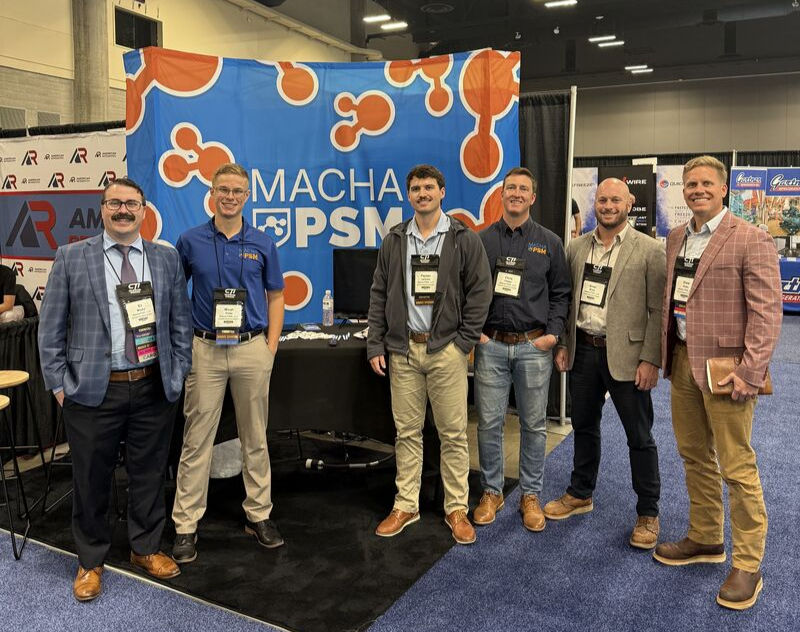Understanding the High Side and Low Side of an Ammonia System | Blog No. 98
- Michael Amaya-Daniel, Process Safety Engineer

- 3 days ago
- 2 min read

An ammonia refrigeration system operates in two main sections, the high side and the low side. Understanding where one begins and where one ends is key to understanding P&IDs, troubleshooting, and maintaining the system.
The primary difference between the two sides is energy and pressure. The high side contains ammonia at higher pressure and higher temperature, as the name suggests, while the low side operates at lower pressure and temperature.
The High Side
The high side starts at the compressor discharge and ends at the expansion valves. This section typically includes:
Compressors
Condensers
High-pressure receivers
When ammonia vapor leaves the compressor, it’s hot and highly pressurized; this is the system's energy peak. In this stage of the refrigeration cycle, work is being performed on the refrigerant, increasing the internal energy, pressure, and temperature.
After this step, the vapor enters the condenser, where it rejects that added energy to the environment through a cooling medium, typically water or air. As heat is removed, the vapor condenses into a high-pressure liquid. The change between both states does not happen instantaneously; it occurs across the condenser tubes. During this step, the temperature of the refrigerant stays constant as the latent heat is released into the atmosphere.
The condensed liquid then moves to the expansion valve (in a simple refrigeration cycle, as noted by the picture).
All of this is a way to explain that the high side’s primary job is to reject heat and prepare the refrigerant to absorb energy on the low side.
The Low Side
The low side of the system begins after the expansion balance and ends at the compressor inlet. This section typically includes:
Compressors
Evaporators
Accumulators
The expansion valve, also known as a metering valve, is where pressure suddenly drops. As liquid ammonia passes through the valve, part of it instantly evaporates. This rapid pressure drop, in turn, reduces the refrigerant's temperature.
Inside the evaporator, the liquid ammonia boils off and turns into a vapor, once again maintaining temperature and transferring latent heat to the surrounding air or process. The vapor then returns to the compressor inlet, completing the cycle and starting all over again.
Why It Matters
The split between the high and low sides of a refrigeration cycle defines every key aspect of an ammonia system.
Energy Flow: The compressor moves energy from the low to the high side. The condensers reject it to the atmosphere, and the evaporator absorbs it.
Pressure Boundaries: The high side operated under much higher pressure.
Operational awareness: Technicians must know which side they are working on. The high side can contain trapped liquid under pressure, while the low side can rapidly build pressure as warm vapor moves.
Understanding the relationship between the two sides isn't just about theory; it's what helps you see how the system actually works in the field.
Thank you for reading!
Stay tuned for more!
Previous Blog: Polish your PHA crystal ball | Blog No. 97

For a comprehensive training on Anhydrous Ammonia, click here for our PSM Academy Ammonia Awareness training, to learn and earn a certificate of completion. Training is in English and Spanish. Use code SDS20 for a 20% discount on the entire purchase. For more information, email us at academy@machapsm.com.





Comments